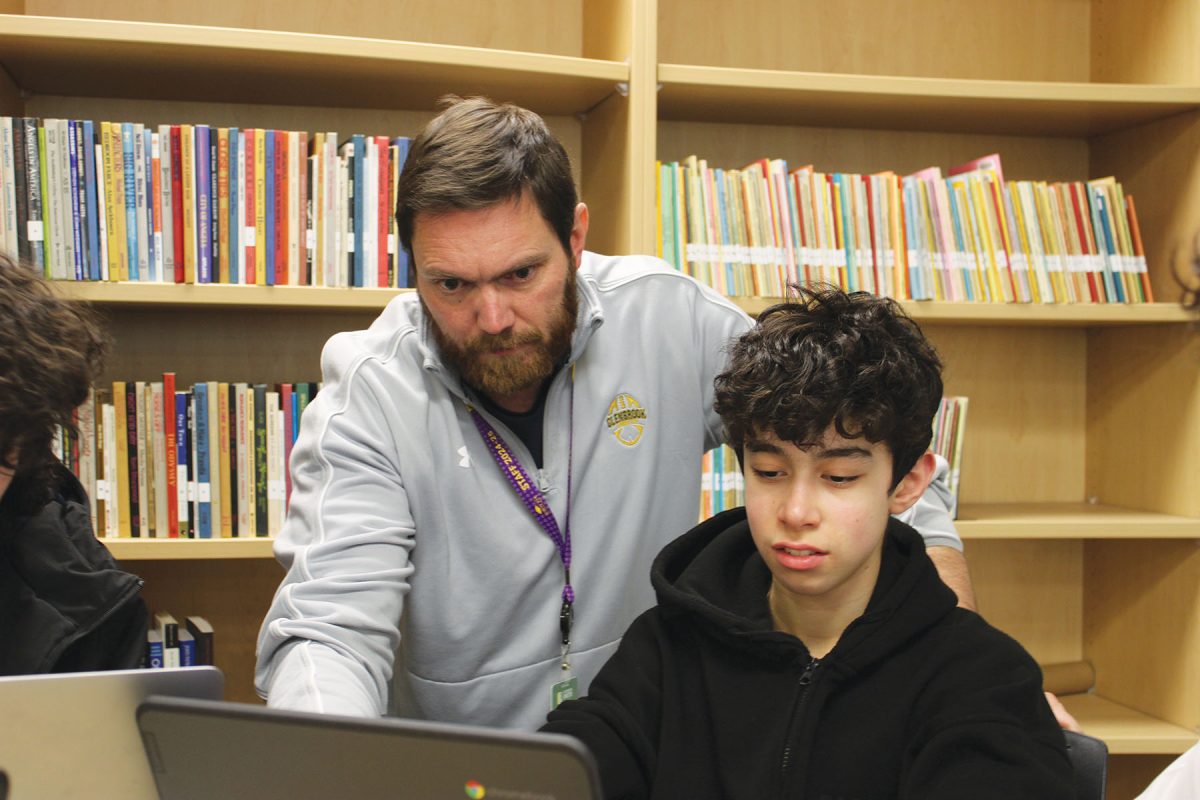Hoping to start a UNICEF chapter, senior Ellie Farber presented a proposal to the New Clubs & Organizations Student Committee, a review board of students that evaluates proposals of potential clubs for administrators to approve.
“I first found out about [the committee] my sophomore year when I was going through the whole [club approval] process,” said Farber. “After I presented, I spoke a good amount with the members, and they asked me a lot of pretty specific questions, like what UNICEF was going to look like during the school year and stuff like that.”
Presenting was somewhat scary, since Farber and her co-president had to pitch to students and two administrators they didn’t know, but they had prepared well and were ready to answer questions, Farber said.
Farber is now a member of the committee, which views each club presentation and writes a recommendation based on novelty and demonstrated student body interest. Danielle Fluegge, coordinator of student activities, and Mike Tarjan, assistant principal for student activities, review these recommendations and make the final decision.
“What I look for is preparedness, passion and ideally something unique that we don’t have already [at school],” Fluegge said.
The committee consists of 10 to 15 students across all grade levels. Each year, Fluegge and Tarjan invite students from various activities to join the committee.
Fluegge and Tarjan have conversations with each committee member to determine if there is a place where a new club would fit, Fluegge said.
Club applications can be found digitally on the Glenbrook North website under the Student Activities page or on paper in the Student Activities Office, also known as the SAO. Applicants are asked to provide the club’s purpose, intended sponsor, proposed events, meetings and 20 student signatures to demonstrate interest. Completedapplications are due by Nov. 1 and can be turned into the SAO.
In the past, the committee and administration have combined clubs or encouraged students proposing new clubs to work with existing ones toward a shared goal.
Newly approved clubs operate in a “pilot” phase for at least two full semesters. Future plans for the club will be developed with the sponsor, student founders and Fluegge and Tarjan.
The committee was made to foster an environment that involves both students and staff, allowing students who want to initiate clubs to present about what they want to see in the school, Fluegge said.
According to Farber, [the committee] has a good gauge on what students would want to be a part of.
“[Proposing a club to the committee] made me want to join, so I asked two of the girlswho were on it in my grade how to get involved,” said Farber. “I guess I just really enjoyed the process of having [the committee] ask me questions and seeing the student involvement in that aspect of getting new clubs started.”


